This is the first of a series on mezcal made by women. If you have a mezcalera you’d like to nominate, please tell us in the comments section below this article.
Mezcal is made in the countryside. In rural Mexico, the relationship between women and alcohol tends to be complex. While women may gather in the kitchen to share a drink amongst themselves, some communities frown upon women drinking liquor in public—let alone making it. That said, women have been involved in production since the first drops of mezcal sparkled from a still. Whether it’s serving a mezcalero his lunch, hauling water and wood, or handling sales, women have always toiled in the service of mezcal.
People who make mezcal are well aware of how much women contribute. But those of us who are outsiders may venerate the maestro mezcalero without understanding how many people are working behind the scenes. So, as women’s history month comes to a close, we celebrate those women.
But we’d also like to call your attention to five women who stepped out of the background. Women who offered more than vital sustenance, labor, and business acumen. Women who, out of necessity or interest, took the reins to make their own mezcal. Women who challenged the paradigm to display their artistry. So, in no particular order, let’s meet some supremely talented maestras mezcaleras.
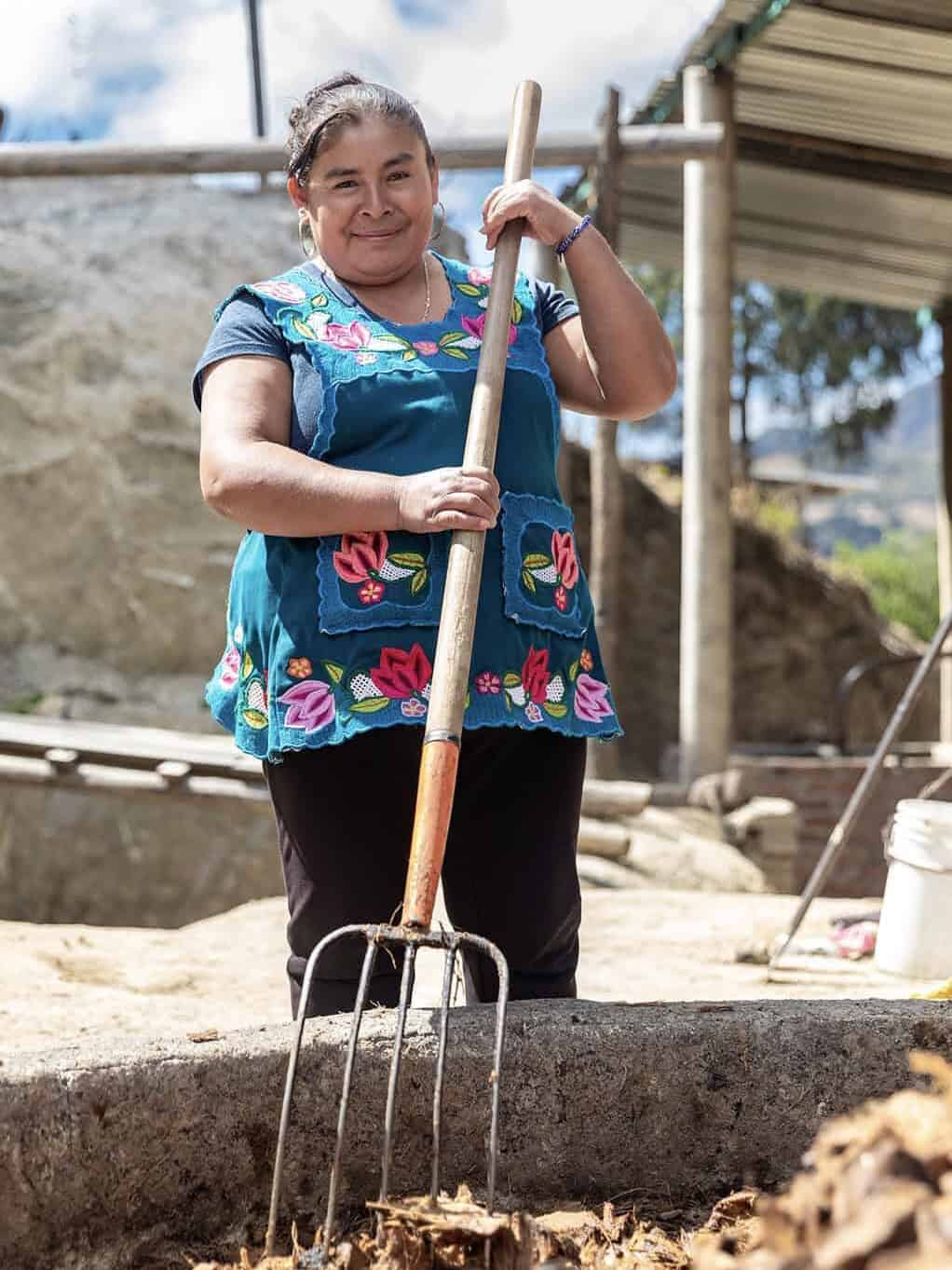
Sofia Humberto of Soluro 1610
Sofia first became interested in mezcal when she was around eight years old and her mother would send her to deliver lunch to her father, who was at work in the palenque. She fell in love with mezcal production, and her dad, Marcos Lopez Garcia, began to teach her. Sofia has been making mezcal ever since, and now works alongside her husband Roberto at their palenque in San Dionisio Ocotepec, Oaxaca.
The couple use conic earth ovens, open-air pine fermentation vats, and a tahona. Their mezcal is distilled twice in copper. In 2023, the family launched their brand. Sofia and Roberto make the mezcal, and their son Luis handles the logistics of exportation and importation, as well as distribution. The brand is entirely owned and run by the family. Soluro 1610 represents the first letters of their names: Sofia, Luis, and Roberto, and the date their village was founded.
Sofia, who is 50, says that when she was younger, making mezcal was considered “man’s work,” and people in her village thought that women should devote themselves to being wives and mothers. Change has been gradual during the past thirty years, but she affirms things that women are now more respected in the mezcal industry.
She’s always been proud to be a mezcalera and says she’s now happy to be able to make mezcal in her motherland while knowing that Soluro mezcal is sold in three US states, where her son is representing her family’s traditions and culture.
Sofia says she likes every aspect of production, but what brings her the most joy is seeing the first drops of mezcal emerging from the still because, as she puts it, “Todo nuestro esfuerzo valio la pena.” Or “All our hard work was worth it.”
When asked if she enjoys drinking mezcal, she says, “Yes, but always with respect and permission from our ancestors.”
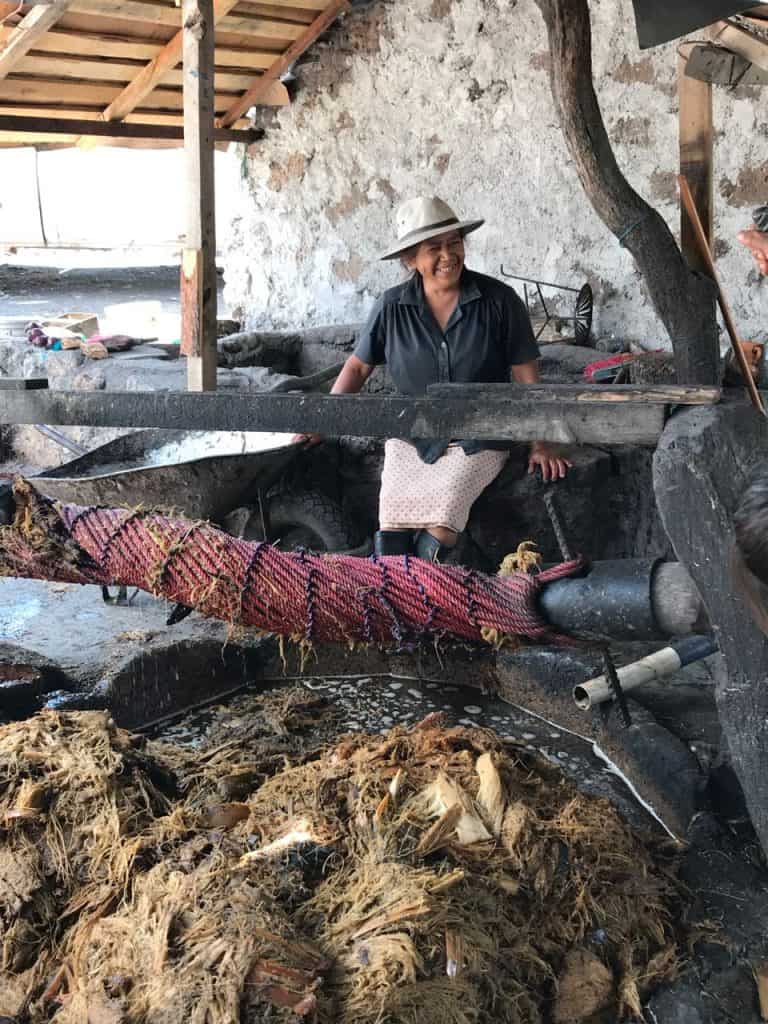
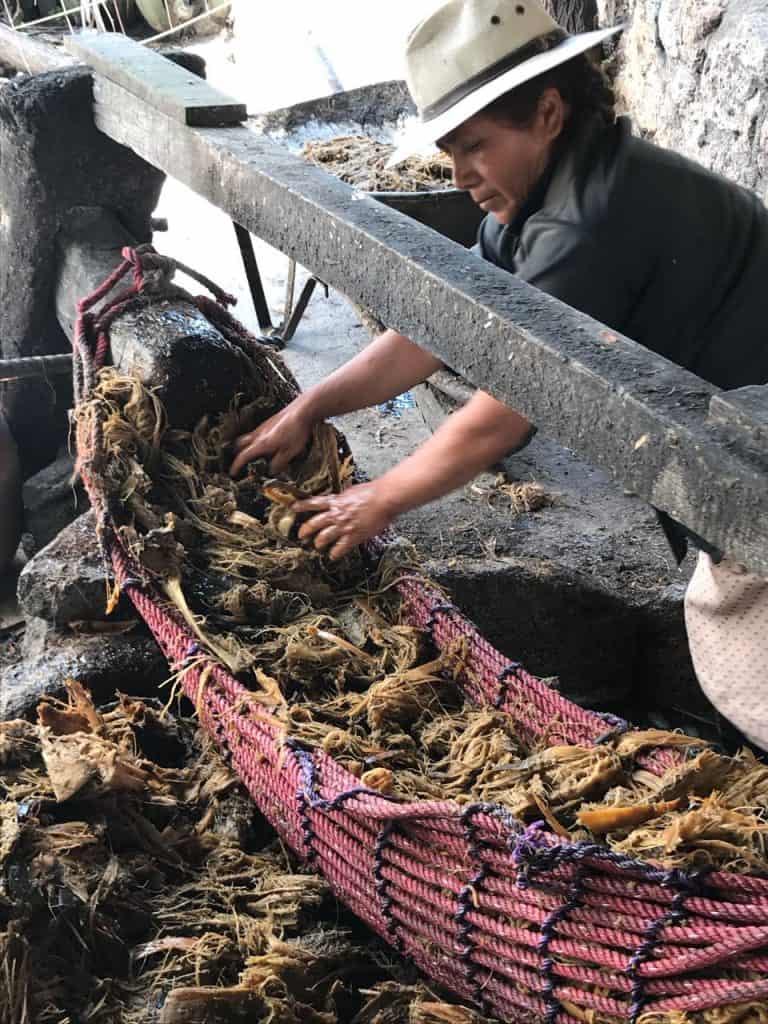
Maria de la Luz Martínez of Campanilla del Palmar
When Susan Coss visited Palmar Según on behalf of Mezcalistas, she found Doña Maria in good humor, hard at work with a rake as a burro pulled a tahona, crushing piñas to pulp. An hour later, Doña Maria was knee deep in a stone vat of agave juice, using a prensa to squeeze the fiber dry. This contraption looks like a hammock attached to a winch and is used to get every last drop of agave juice–which is extra important because the family doesn’t add water but jumpstarts fermentation with pulque.
Maria de la Luz works with her sons Jaime and Manuel in their taberna in Palmar Según, in the state of San Luis Potosí. The family has been making mezcal for eight generations and are reliant on this seasonal source of income. Doña Maria learned to produce mezcal from her husband Pedro. When Pedro fell ill, Maria de La Luz stepped into his shoes. The family now makes mezcal under the brand Campanilla del Palmar. The taberna has an earthen oven, stone fermentation tanks, and an internal capture still. These clay pot stills contain an internal clay catchment vessel known as a campanilla and require a high degree of skill to operate.
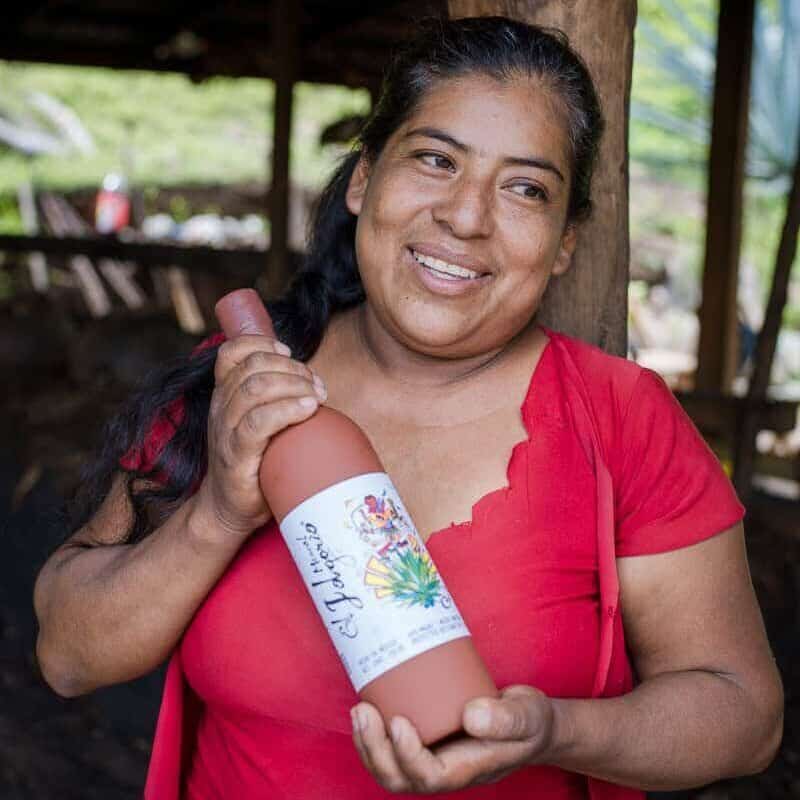
Justina Ruiz Perez of El Jolgorio from Sola de Vega
For over 20 years, Maestra Justina Ruiz Perez has been producing mezcal at the family palenque in San Francisco, Sola de Vega, Oaxaca. She learned from her husband, who needed extra help. She has been making mezcal for El Jolgorio since 2021. The story of the inception of this relationship begins with a copita of mezcal.
El Jolgorio had made a commitment to highlighting women in the mezcal world, and they also wanted to work with a producer from Sola de Vega. Serendipitously, brand creator Rolando Cortes Hernandez was surprised when a woman approached him at an event and asked him to have a drink.
“She came up to me and said in a bombastic voice, If my husband doesn’t want to drink, I’ll have one with you,” Rolando told Mezcalistas.
Rolando describes her as a wonderful and welcoming person who laughs a lot, which comes through in Justina’s own recollection of the moment.
“Well, the truth is, he was very excited to meet everyone and at that moment no one was drinking with him.. I do not know why, but they were not. As I said, he was so kind and respectful that I felt I needed to share a drink with him,” she explains.
The “one” mezcal turned into a business relationship. Justina and her family produce an ancestral mezcal for El Jolgorio. They crush the agave with wooden mallets and distill in clay pots.
Justina says that in the past she faced challenges being a woman who made mezcal, and they often encountered buyers who wouldn’t pay a fair price. She’s proud of the ancestral mezcal she’s making for El Jolgorio and says she is happy to be working with a brand that pays fairly and treats her family as their family.
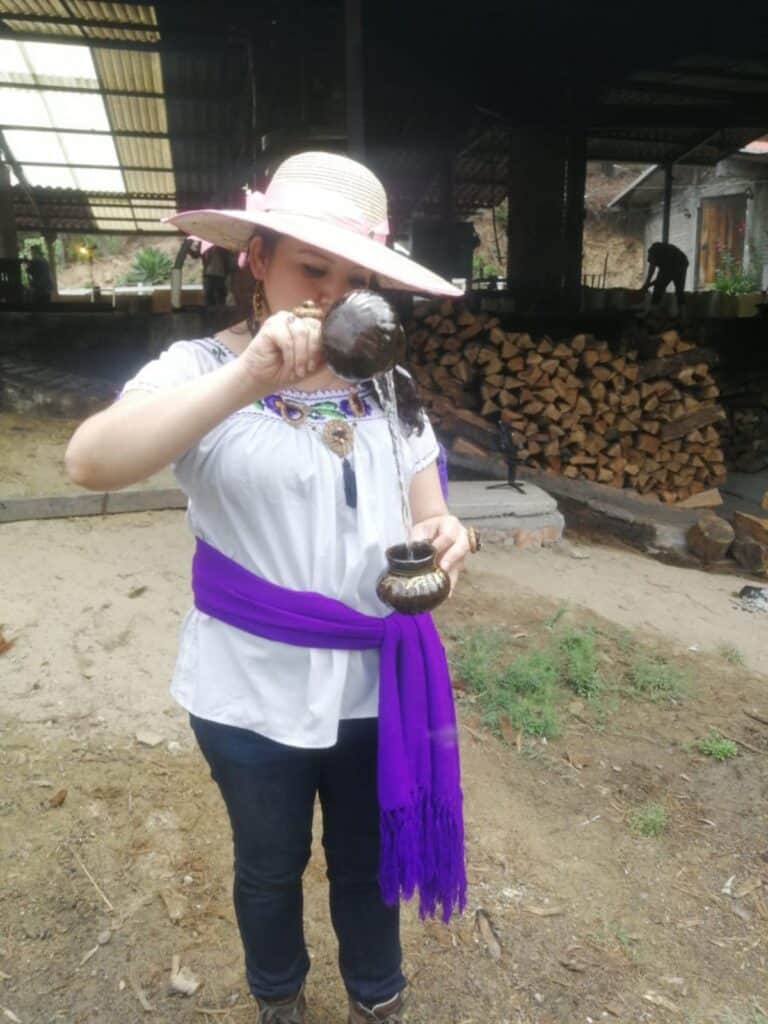
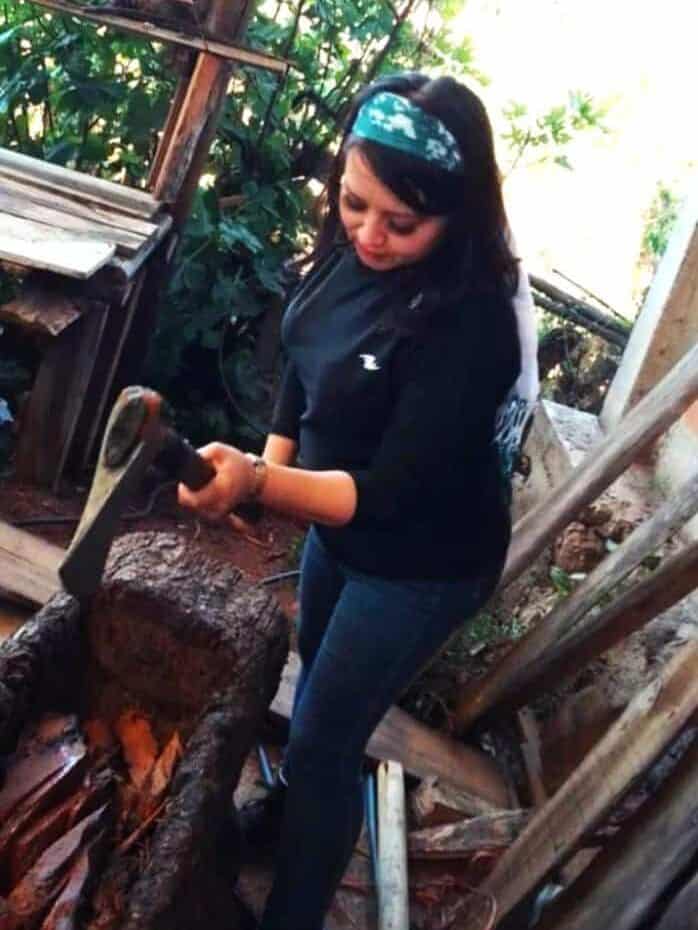
Ary Buendía of Espina Roja
Ary Buendía’s family hasn’t been making mezcal for generations. In fact she’s a first generation mezcalera and proud of it. “I like to highlight that I wasn’t born into a mezcalera cradle,” she told me. Instead she sought out the knowledge and skills, learning from Jorge Pérez, who is the grandfather of her children and whom she describes as a “pioneer of agave spirits in the Rio de Parras region” of Michoacán.
Ary, who is 37, has been working in distillation off-and-on for 20 years now and has been completely dedicated to it for 11 years. She registered Espina Roja as a brand four years ago, and is proud of the progress she’s made, helping to put Michoacán mezcal on the map. Espina Roja is now exported to both the US and New Zealand.
At their taberna, agave hearts are roasted in a conical masonry oven, crushed in a canoa, fermented with pulque, and double distilled in filipino-style stills, built of oyamel, or sacred fir, and augmented with copper.
While the quality of the mezcal is, of course, vital, she says it’s about much more than that. Her emphasis is on sustainability and building a source of livelihood and pride for the next generation in her community.
“I never forget the enormous responsibility of continuing the ancestral and artisanal legacy, of protecting the tradition both of the agave and in the process,” she says.
She hopes her story will inspire other women to learn to make mezcal and start their own brands.
When I ask her what advice she would give to other women who want to learn to make mezcal, she says, “The only limits are the ones we put on ourselves. To manifest your dreams, you need to work hard and have a lot of confidence in yourself. I’ve been through a lot, but I don’t hesitate to continue. The important thing is to be fully aware and to do things well. Have specific goals, desires, and sources of inspiration. Know exactly why you’re doing what you’re doing.”
Her commitment to women in mezcal goes beyond just dispensing advice. “And for those women who want to learn…I have the disposition to teach,” she says. She imagines other mezcaleras “becoming part of a new era of women defending the tradition of our country–women who fight wisely for tradition and culture.”
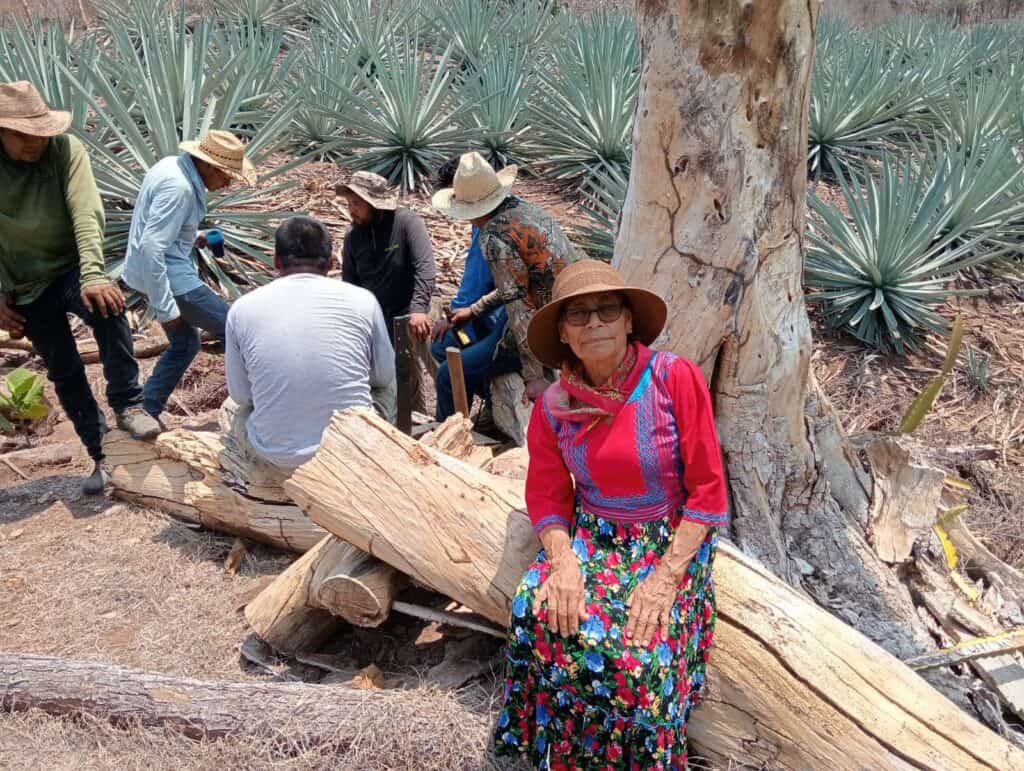
Reyna Rodríguez Ramirez of Agua del Sol
“My life has been the business of making mezcal,” says Maestra Reyna. She remembers being twelve years old and learning from watching her fathers and brothers work in their palenque. Her interest grew.
While she was interested in the process, she is also pragmatic
“In the region where we live,” she says, “it’s the only form of work where you can make any money. Here it’s how we survive. Planting the maguey, processing it, and then making mezcal. It’s necessary to get ahead.”
At that time the mezcal business was clandestine. They would smuggle mezcal to Tehuantepec. “It was very hard and dangerous work,” she remembers. But the risk of confiscation and steep fines weren’t the only obstacles.
“I encountered challenges for being a woman,” she says. “In those days, women didn’t do ‘mens’ work.’ But I enjoyed it, and I kept doing it.”
More than sixty years later, Maestra Reyna grows espadin in Yautepec and turns it into mezcal for Agua del Sol, a Oaxacan collective started by Felix Hernández Monterrosa and Adriana Correa, who are best known for Mezcaleria Cuish.
Maestra Reyna says she’s grateful for the support of Don Felix and company. Due to the high demand for export, Agua del Sol was conceived to ensure that traditional mezcal is available in local communities. A portion of each batch remains in the community that produces it, and the spirit is labeled as a “destilado de agave,” allowing producers to maintain their preferred practices and abide by local proofing traditions.
At Maestra Reyna’s palenque, mature maguey is cooked in an underground pit oven, fermented in vats made from sabino wood, and double distilled in copper alembic stills.
“There’s mezcal and then there’s mezcal,” she says. “There’s really cheap mezcal out there, but unfortunately that mezcal isn’t really mezcal. It’s adulterated. The mezcal we make here it’s a special process. This is the inheritance my parents left me, and we continue…My children are the fourth generation of mezcaleros.”
When I ask her what’s her favorite part of the process, she replies, “My favorite part of being a mezcalera is the life I’m living. I love the meetings, the reunions. I love making and drinking mezcal. When we have a get together here…in place of beer, I enjoy a little mezcalito with a snack. Why? Because it’s my work.”
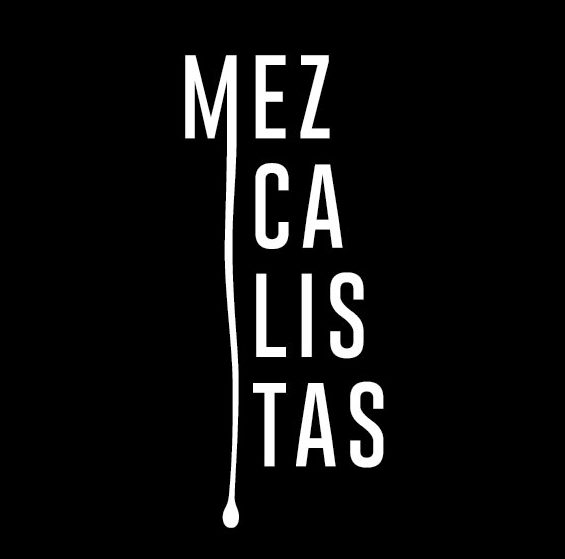
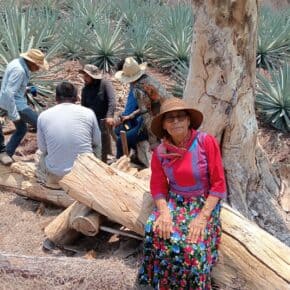
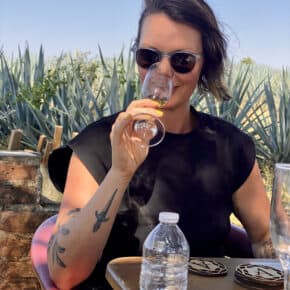
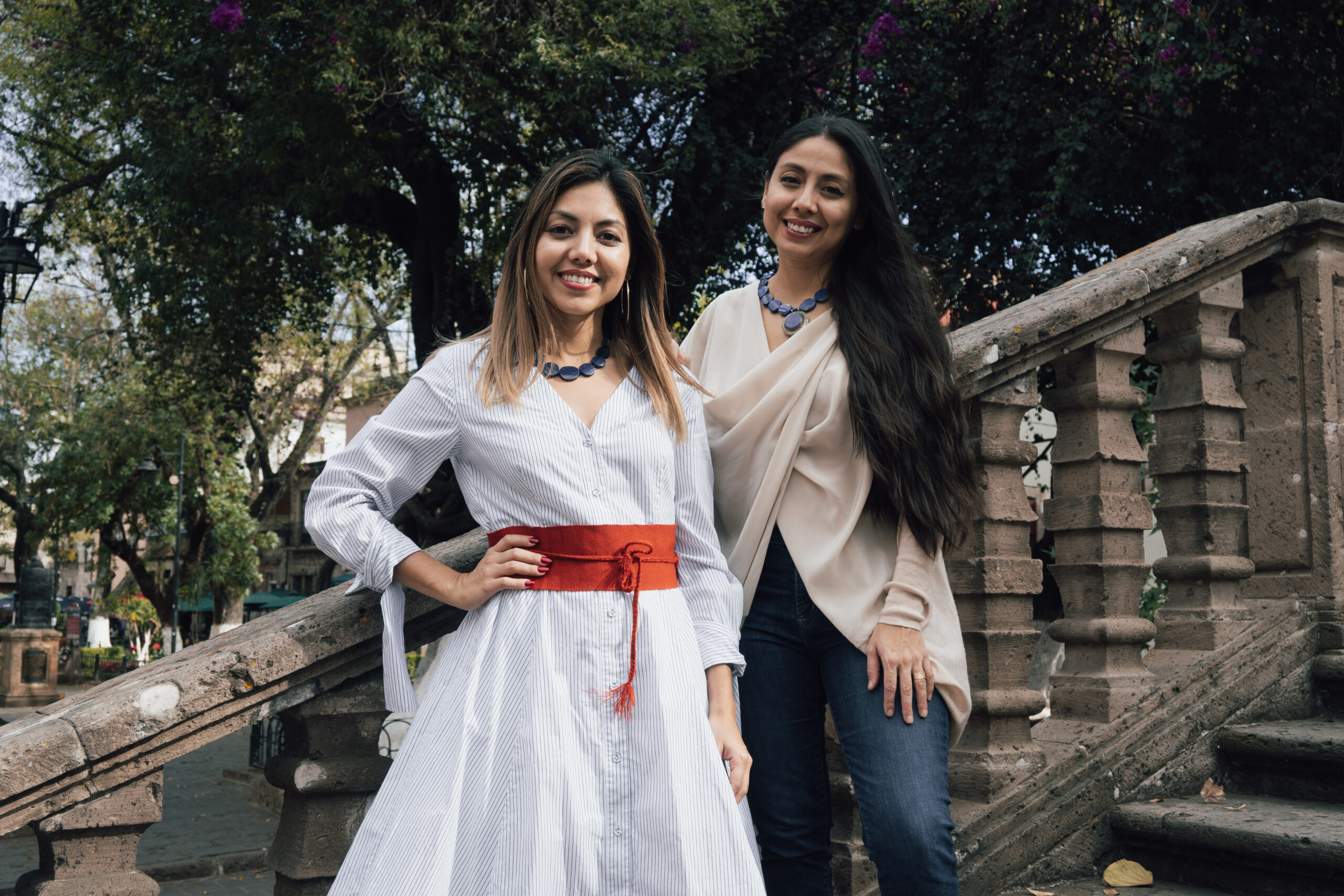
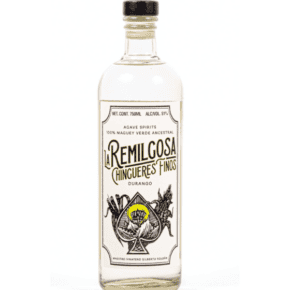
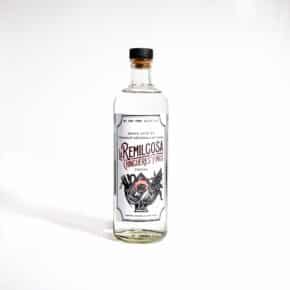
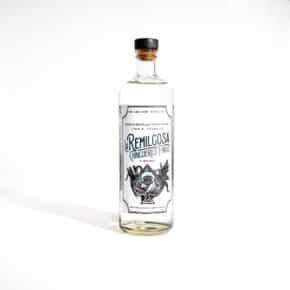






Leave a Comment